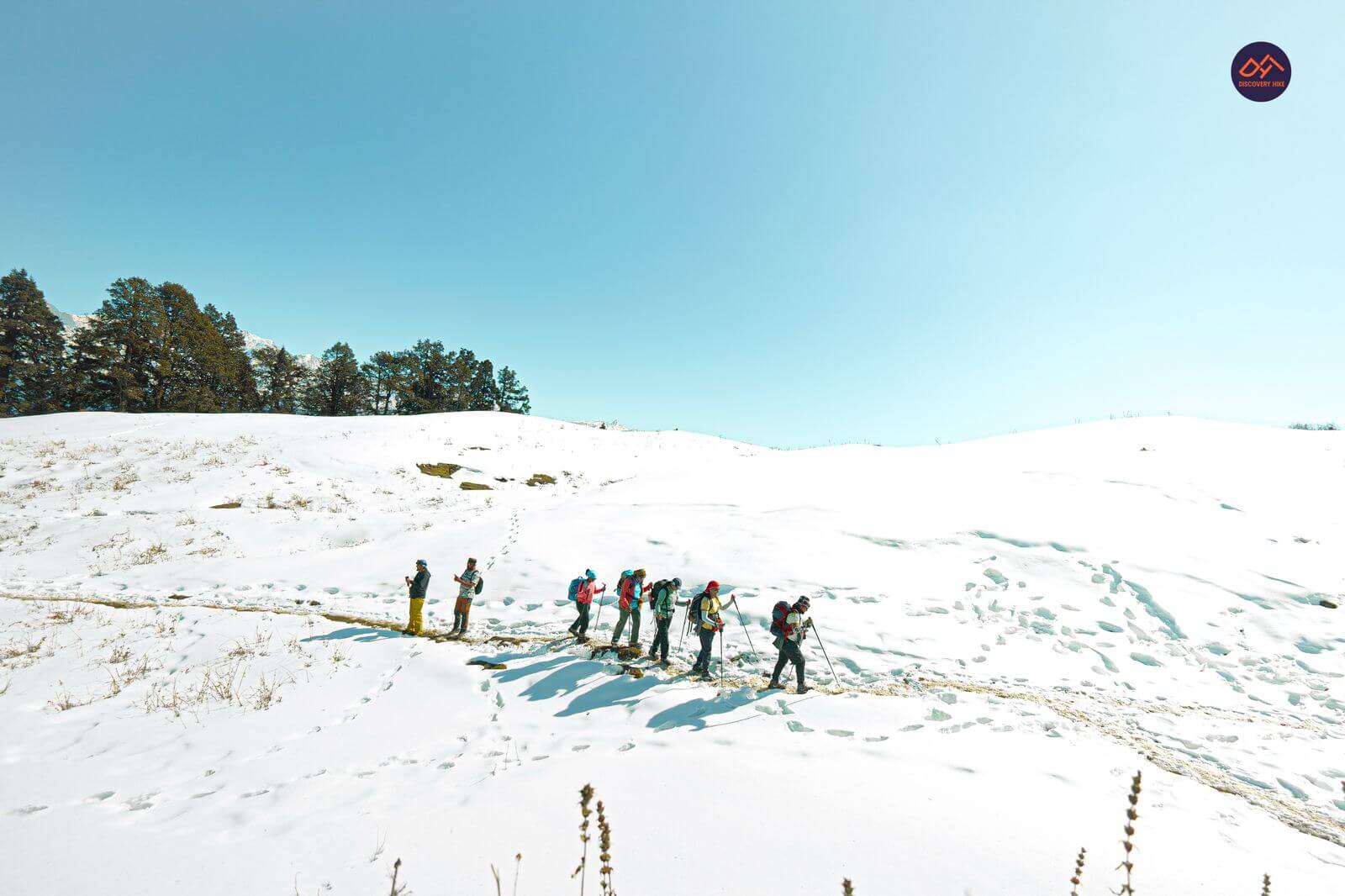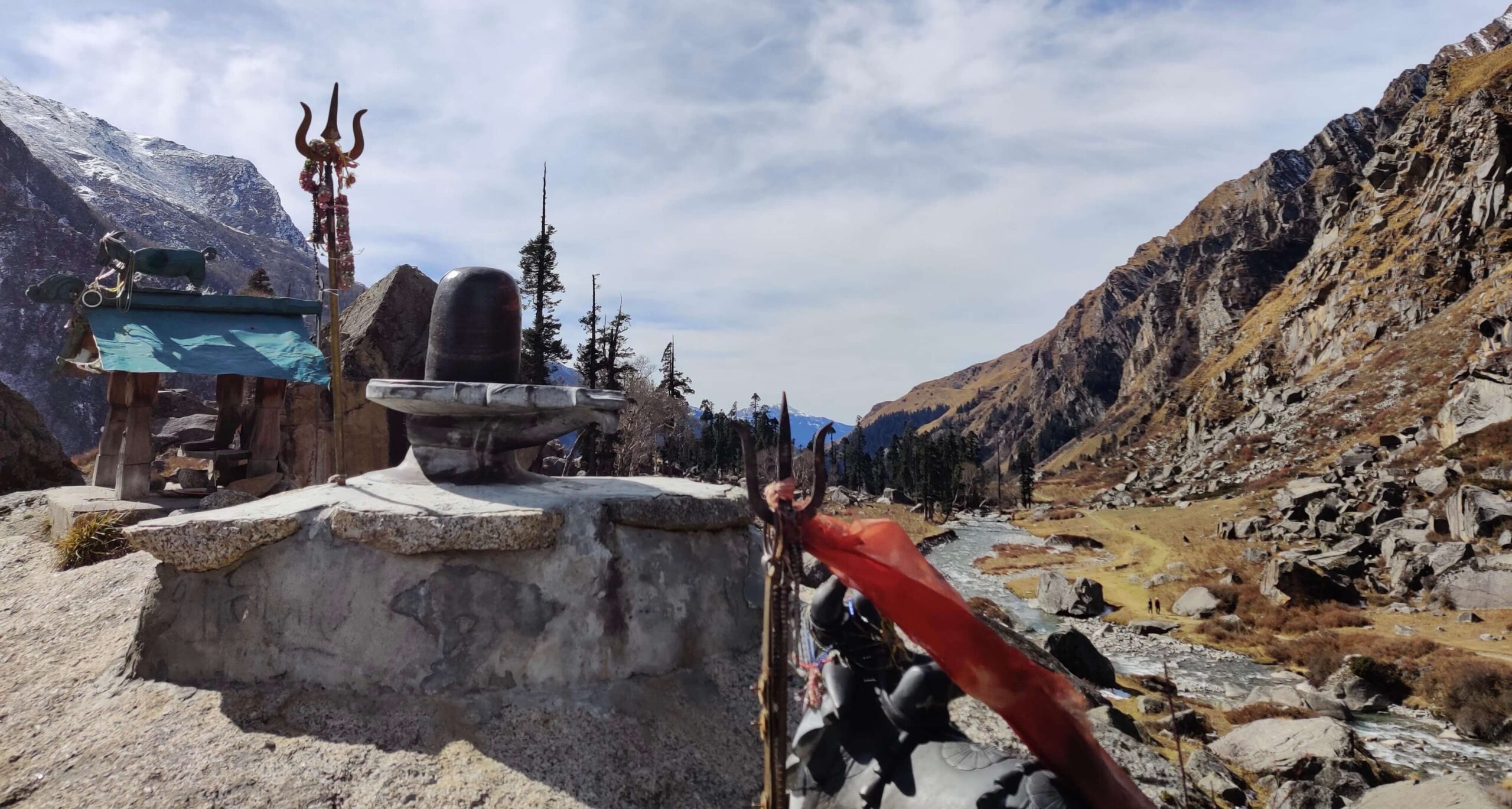4 Best Treks in the Himalayas We know how it...
Read More
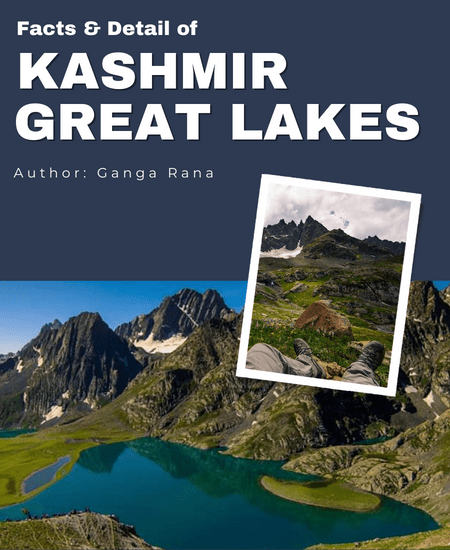
Know about Kashmir:
Kashmir is a name that evokes sentiments of a thousand different things, including love, grandeur, exoticism, and, in Firdaus‘ words, “heaven.” Kashmir is without a doubt one of the most beautiful locations on the face of the globe, despite the fact that some people refer to it as a paradise on earth and others refer to it as a heaven in and of itself. The lakes in this area, such as Dal Lake, Vishansar Lake, and the Gangabal Twin Lakes, are a sight to see because of their otherworldly quality. During the Kashmir Great Lakes Trek, we encounter the most pristine mixture of alpine lakes, far-reaching meadows, high altitude passes, and huge unknown panoramas of the Kashmir Himalayas. Once you set foot in Kashmir, the local proverb says, your heart will never again want to live anywhere else. The KGL hike is a fantastic way to see the state’s stunning natural scenery.
In Kashmir, there is one famous trek named- Kashmir Great Lakes Trek which is popular for its beauty and more. Read below the details of this trek.
Kashmir Great Lakes Trek Best Time
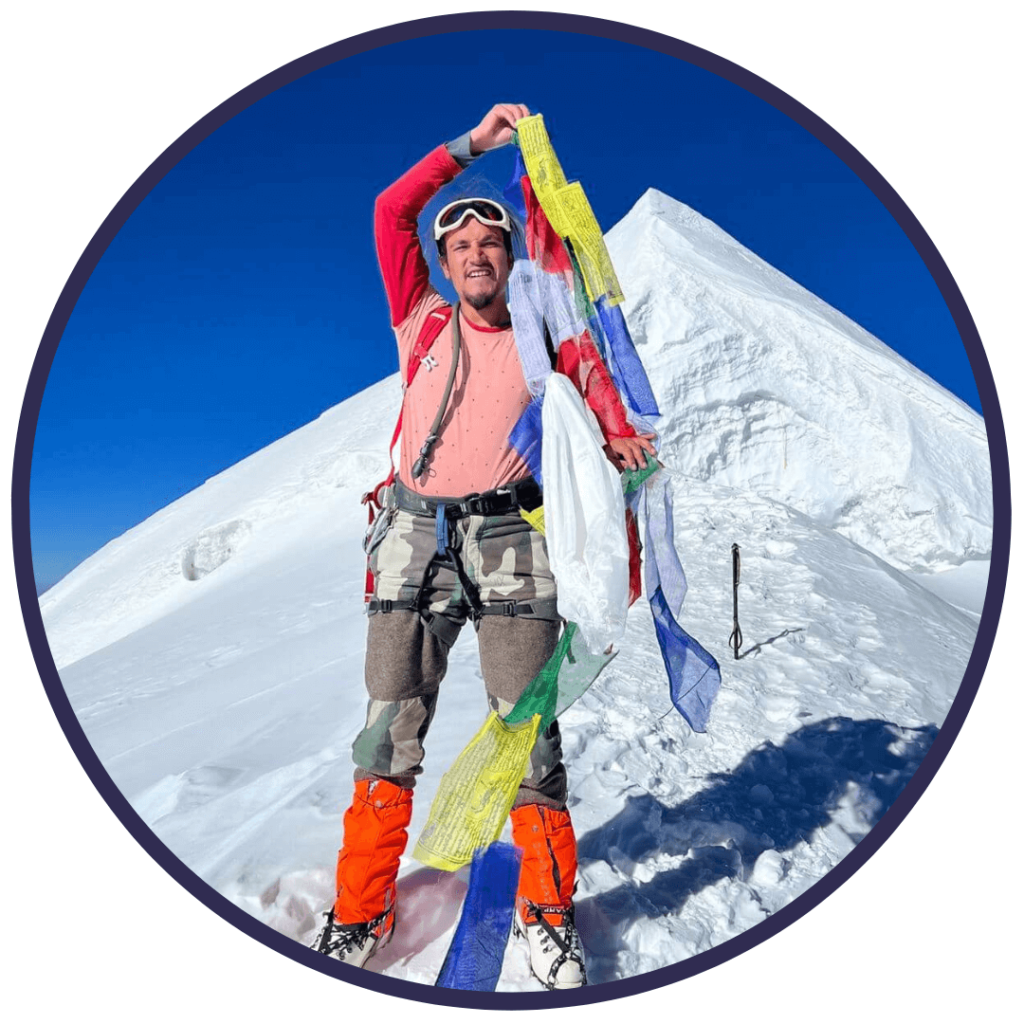
About Author
Ganga Rana
Ganga Rana is an explorer, entrepreneur, and professional Mountaineer. Traveling was the only thing he always wanted to do in his life. Hailing from osla this avid traveler started his travel when he was a small boy itself. He started by traveling to nearby places with family and friends.

Meadows will surround you at every turn of the road as you go through the countryside. The months of June through September are ideal for hiking the trail since that is when the vegetation and flowers are at their fullest and most beautiful.
The Kashmir Great Lakes Trek is a hiking trek in the western Himalayas that is considered to be moderate in difficulty. The Srinagar-Leh National Highway runs through Sonamarg. The settlement of Naranag is connected to the beginning point of the Highway by the same Highway. It is advisable to begin at Sonamarg and make your way to Naranag as the destination. The hike might be done in any direction, although the primary objective should be to keep out of the sun’s path, since the trail mostly travels from north to west.
The Difficulty of Trekking in Kashmir’s Great Lakes
The Kashmir Great Lakes Trek is neither very challenging nor particularly simple; rather, it receives a middling rating. During such an eye-opening journey, you will learn a great deal about yourself, both in terms of your physical and mental capabilities.
When going on a journey, hikers are required to have the appropriate kinds of gear with them at all times. In terms of professional trekking equipment, trekking poles are needed components, and this equipment also includes trekking shoes.
In no circumstance can hikers ignore their physiological requirements. Instead of blindly imitating another man’s behaviour, it is in your best interest to get familiar with the requirements of your own body. The journey to the Great Lakes is not a game, but even a teenager of 15 years old is capable of completing it. The carry-on or daypack that you use needs to be as lightweight as is practicable. It will be done for your convenience.
Get a detailed itinerary of the Kashmir Great Lakes Trek:
Day 1: Pickup from the airport and transfer to Shitkari Base Camp.
After arriving at the Srinagar airport, you will need to board a car for the three-hour trip to Shitkari. Along the way, you will pass through winding roads that lead to Sonamarg, which is one of Kashmir’s golden meadows. Our base camp for the Kashmir Lakes Trek is situated at Shitkari, which can be found three kilometres before reaching Sonamarg. Tent camping in the open grassy area of the Shitkari campground for the night.
Day 2: The trek will take you from Base Camp to Nichnaie.
Early in the morning, we set out on the journey to Nichnai, with the goal of making the mild elevation to the mountaintop town of Shekdur in around two to three hours. Along the way, we make our way through a stretch of pine trees before stopping for lunch on the bank of Nichnai Nallah. After making a slow ascent beside the Nallah, we finally reach our camping spot for the day, which provides us with amazing views of the Nichnai Pass.
Day 3: The trek from Nichnaie to Vishnusar will take place.
The first part of today’s hike consists of a moderate to strenuous ascent over Nichnai Pass, which takes around two hours (4100 m). As we make our way up towards the pass, the Nichnai lake is visible on the left hand side of the path. Following the completion of the pass, we make our way down the mountain for an hour and then stop for lunch before continuing our journey through the valley meadows to the campground for the day, which is situated right below the Vishnusar lake. The remainder of the day is at your disposal to go on excursions across the neighbourhood. Taking a trip to see the twin lakes of Vishnusar and Kishansar
Day 4: The trek takes you from Vishnusar to Gadsar.
The first part of the day consists of making a slow ascent while travelling between the two lakes. After a strenuous ascent to the summit of Gadsar pass at 4200 metres, which provides breathtaking views of the twin lakes, the trail levelled out and became a gentle descent, and then it became a straightforward stroll around the meadows leading up to Gadsar lake. Before continuing on to the campground further ahead, we have lunch together near the lake where we had our earlier regrouping.
Day 5: Trek from Gadsar to satsar
The SATSAR region is comprised of seven lakes, and we will be hiking through them today. After ascending for about an hour and a half to two hours from the Gadsar campground, we cross via the Satsar stream on our way down to the Satsar pass. Before continuing on for another hour to reach our campground for the day, we reassemble for lunch on the shore of a lake that is just on the other side of the pass. Continue Reading
Day 6: Hike from Satsar to Gangbal, including a camping stop at Nundkul Lake
The Nundkol and Gangbal twin lakes are our destination for today’s hike. The first part of our ascent brings us to the Zach pass at 4100 metres, where we get a great view of the Harmukh mountain, which towers above the twin lakes of Nundkol and Gangbal. Following our lunch break next to a tiny stream, we continue our ascent to the Nundkol campground by traversing a short ridge that offers stunning views of the surrounding lakes.
Day 7: Buffer day at Gangbal Lake
This day is an additional day, often known as a buffer day (the trip will be tallied as 8D-7N), and it is available to trekkers who choose to relax for the whole of the day for an additional cost of 2200Rs per person (exclusive from 13,500). In the event that this day is cancelled, the journey will consist of 7 days and 6 nights and would cost 13,500 rupees.
Day 8: Day is spent hiking from Gangbal Lake to Naranag and then driving back to Srinagar.
Our time in the bush has come to an end, and tomorrow we will make our way back to civilisation. We start by making our way out of the valley with a gentle incline, and then we make our way down into the tree line until we find a path that winds through the forest and ends at a tea shop, where we will have lunch. After that, there is a steep drop that takes three hours to reach Naranag, a historic temple village that is also the beginning of a road that leads to Srinagar. After moving your belongings to the vans that are waiting, you may settle comfortably and enjoy the travel to Srinagar.
To know more about inclusion and exclusion with per-person charges, please click here: Discovery Hike- Kashmir Great Lakes Trek
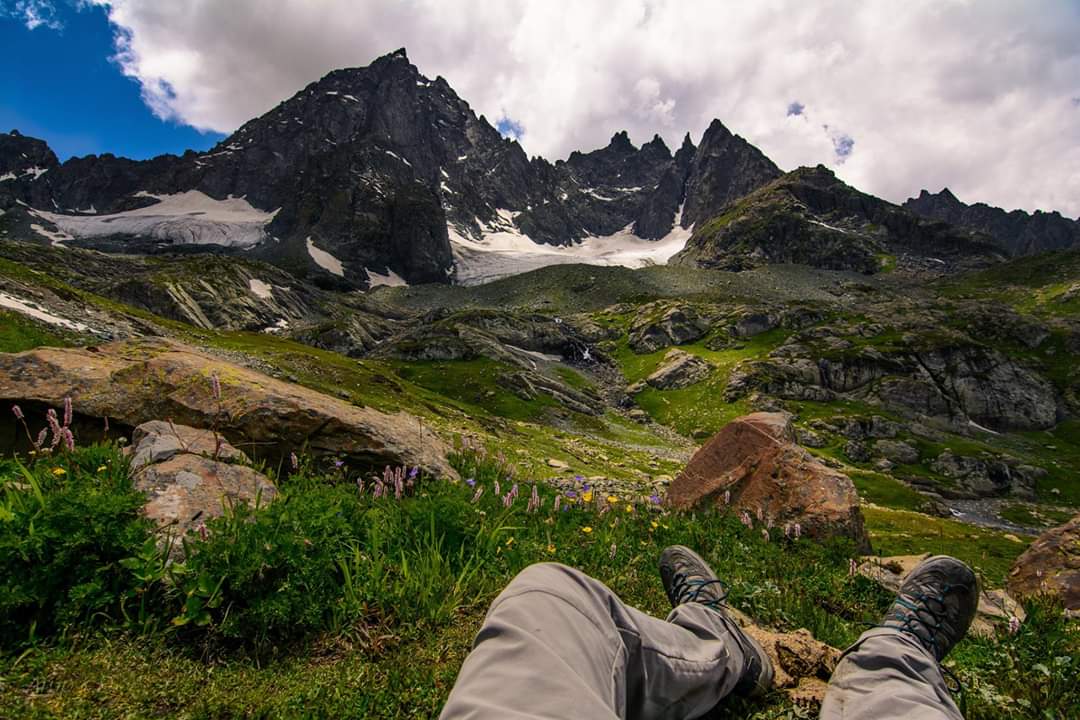

About Author
Ganga Rana
Ganga Rana is an explorer, entrepreneur, and professional Mountaineer. Traveling was the only thing he always wanted to do in his life. Hailing from osla this avid traveler started his travel when he was a small boy itself. He started by traveling to nearby places with family and friends.
Write down your Comments
Related Post
Har ki Dun Trek: A scenic trail in the Himalayas
The Har ki Dun trek is a beautiful trek, which...
Read More
